Will there be risk that the holes will be unplated my the manufacturer?
Yes. Most PCB plating operations occur after drilling and before etching. A board with copper on both sides drilled for all the holes requiring plating. Then a conductive solution is sprayed (or dipped) such that all the holes now have a conductive surface - this is the activator. Using electrolytic plating, copper is plated - this thickens the existing copper on the sides, and puts copper over the activator inside the holes. The holes are now plated.
The PCB then gets cleaned and an etching mask is applied that will protect the copper that is to be left on the board.
In theory the mask could be applied just at the hole, and thus leave you with the finish you want - no annular ring.
However, there's always a degree of mis-registration in this process, and it's possible to end up with a damaged plating in the hole if the mask isn't placed precisely.
This is why most PCB fabricators specify a "minimum annular ring".
You'll need to have a discussion with your PCB fabricator about this.
If you can live with a small annular ring, then the minimum may be sufficient. If you cannot have any annular ring, the PCB fabricator will likely be able to make your board with special instructions and an additional cost.
I'd start by carefully examining exactly what you need when you say, "bottom side cannot have copper pad/annular ring" because there's always a little error in everything, and I have a hard time believing you're using a standard component and it doesn't allow an annular ring.
There are probably other solutions as well, but without a better description of the part and how it's meant to be attached, it'll be hard to resolve this for you.
